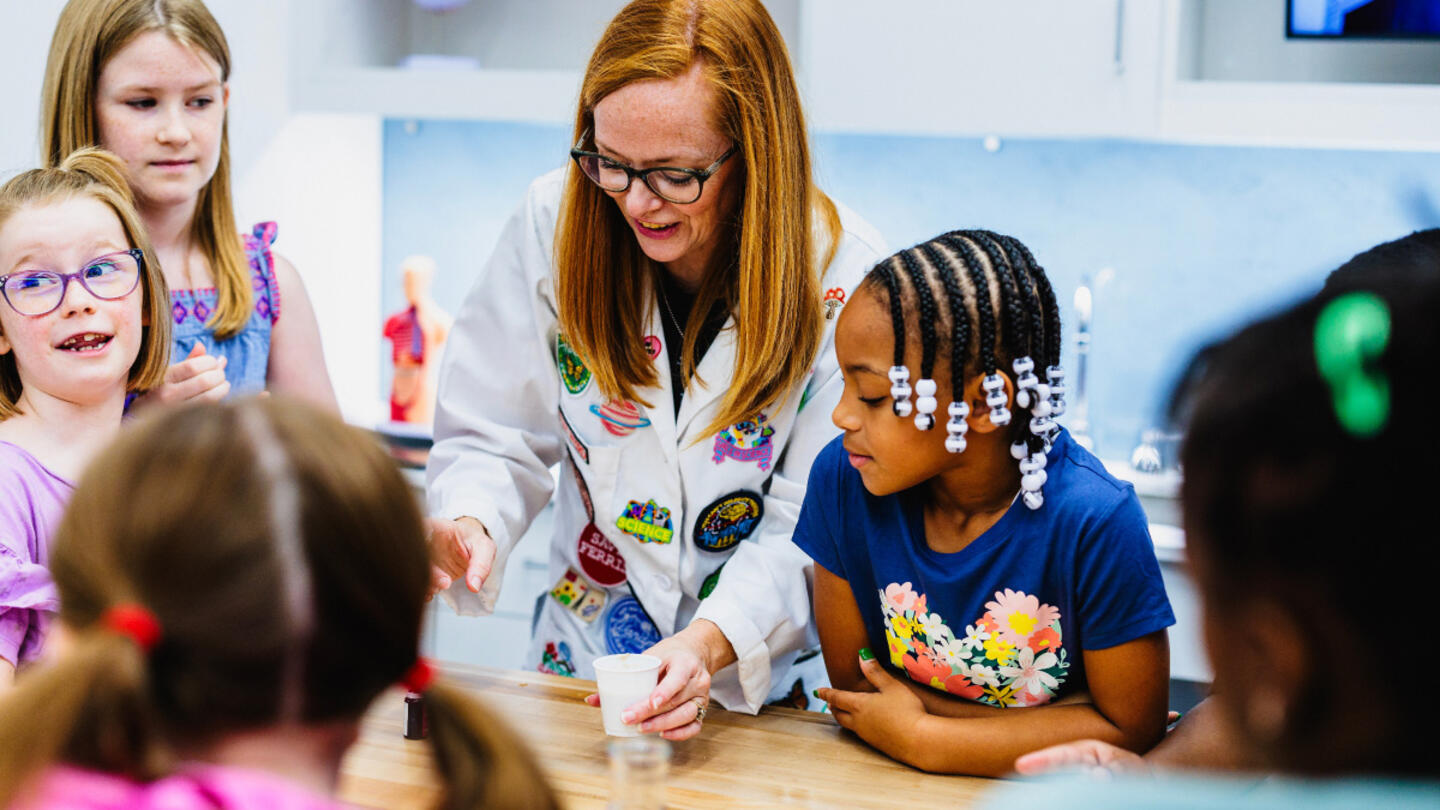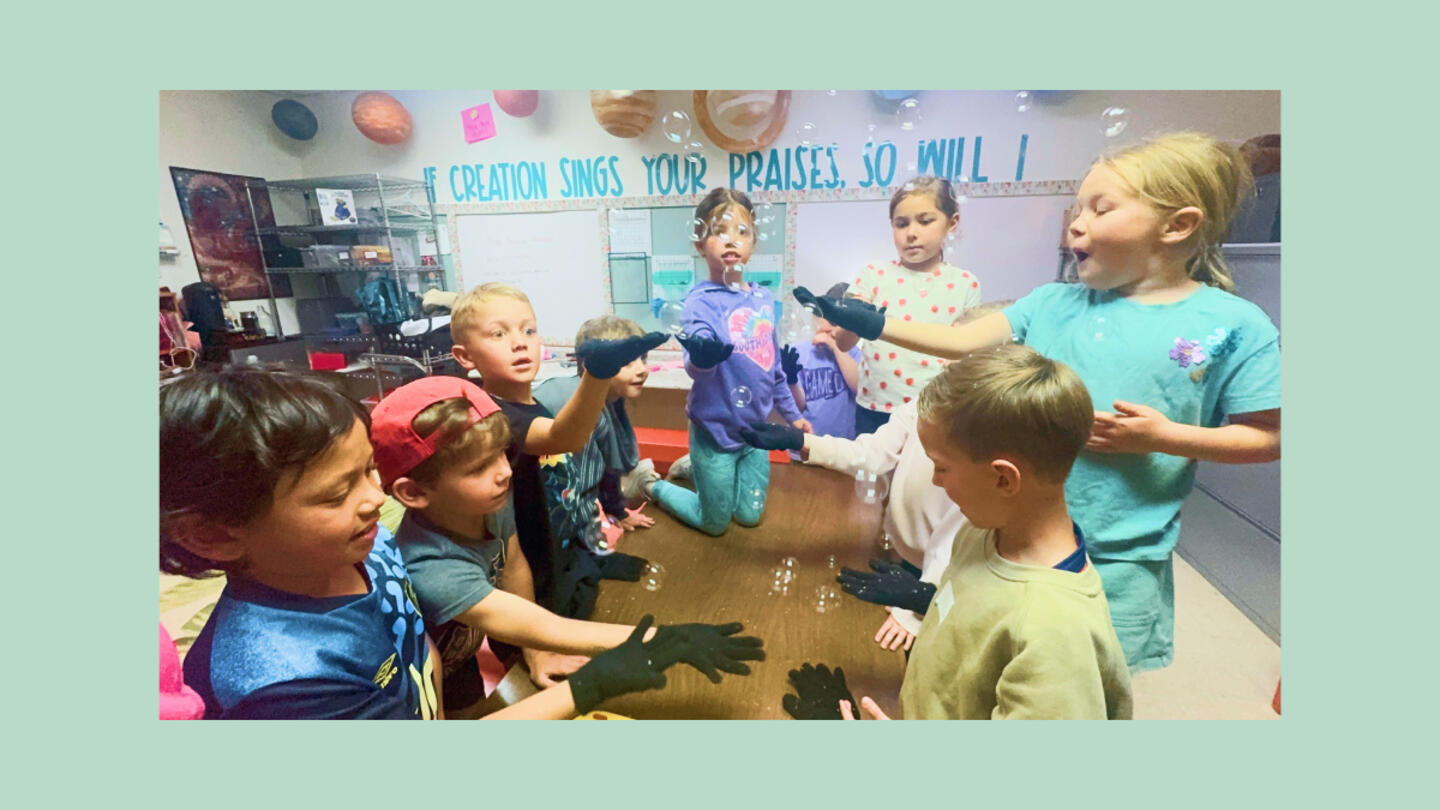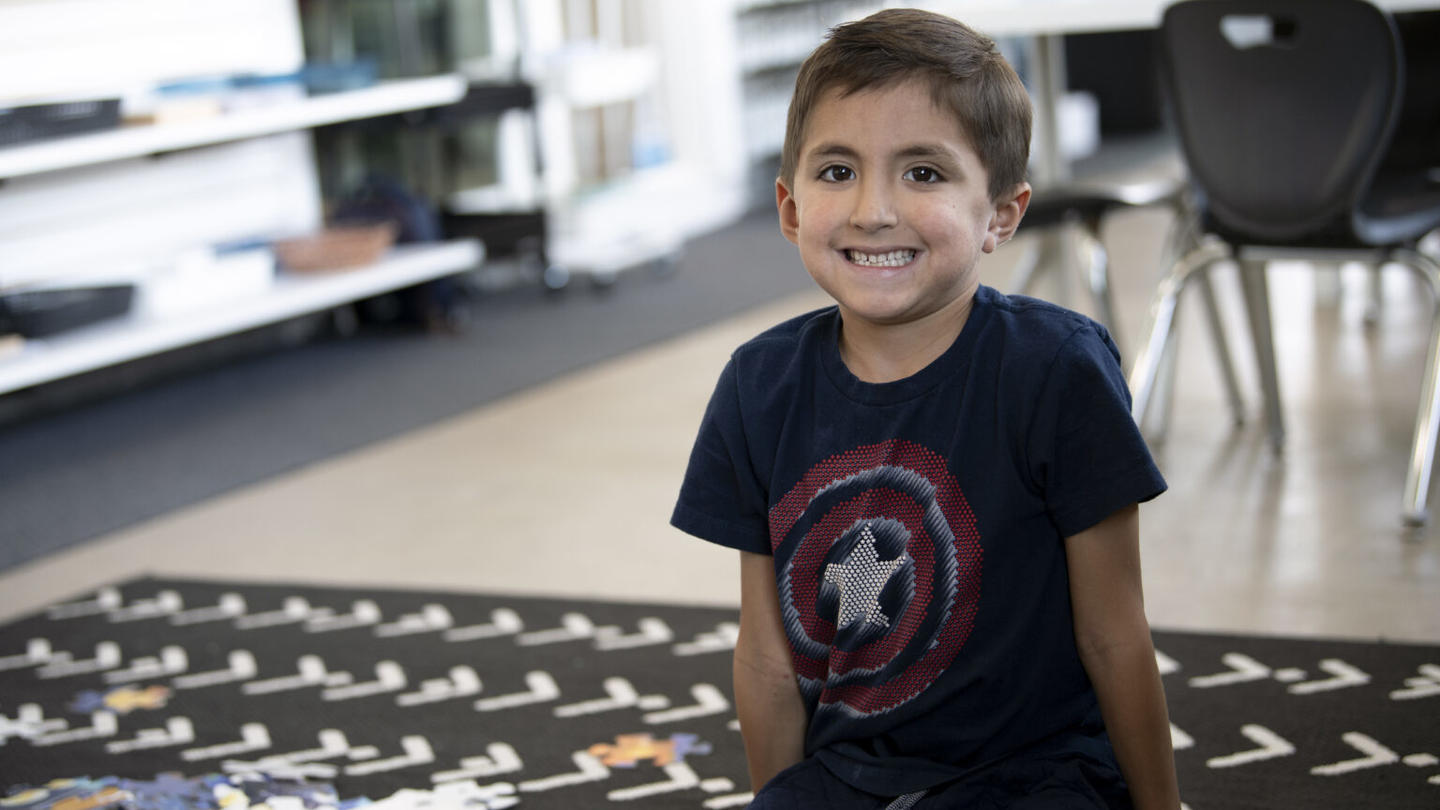As the world evolves, so too should our approach to education. A shift is underway from traditional, one-size-fits-all methods toward innovative strategies that prioritize individual needs and abilities. At the core of this movement is student-centered learning, a pedagogical approach that is transforming the educational landscape. But what exactly is student-centered learning, and how does it differ from the conventional, teacher-centered model? Let’s dive in.
What is student-centered learning?
Student-centered learning (SCL) is an educational philosophy that prioritizes the needs, abilities, interests, and learning styles of students. Unlike traditional teacher-centered approaches, SCL recognizes students as active participants in their educational journey, granting them decision-making power over what, when, and how they learn.
The goal of student-centered learning is not just to impart academic knowledge, but also to foster crucial life skills such as self-direction, curiosity, creativity, and collaboration. By placing students at the helm of their educational journey, SCL cultivates a love for learning, fosters critical thinking, and prepares them for future challenges, both in the classroom and beyond.
The key characteristics of student-centered learning
Student-centered learning is not a rigid, one-size-fits-all approach, but rather a flexible framework that can be adapted to cater to the unique needs of each student. While the implementation of SCL may differ across classrooms and institutions, successful SCL environments typically share the following characteristics:
- Project-Based Learning: Students engage in real-world projects that align with their interests, fostering deep understanding and the development of essential skills.
- Interdisciplinary Learning: Learning is not confined within the boundaries of individual subjects but is interconnected, mirroring the complexity of the real world.
- Individualized Instruction: Teachers adapt their teaching methods and materials to meet the specific needs of each student, allowing them to progress at their own pace.
- Flexibility: Students have the freedom to explore their interests, learn at their own pace, and shape their learning experiences.
- Collaborative Environment: Students work together on projects, learning to communicate effectively, solve problems collaboratively, and respect different perspectives.
- Active Learning: Students are active participants in their learning, not passive receivers of information.
- Continuous Assessment and Feedback: Assessment is not a one-off event but a continuous process. Students receive regular feedback to help them understand their strengths and areas for improvement.
Why is student-centered learning important?
In today’s fast-paced, ever-evolving world, students need more than just academic knowledge to succeed. They need to be critical thinkers, problem solvers, and lifelong learners. Student-centered learning equips students with these vital skills by encouraging them to take ownership of their learning, fostering their innate curiosity, and challenging them to solve real-world problems.
Moreover, student-centered learning recognizes and celebrates the diversity of learners. By catering to the unique needs, interests, and abilities of each student, SCL ensures that all students, regardless of their backgrounds or learning styles, have the opportunity to thrive.
The role of educators in student-centered learning
In a student-centered learning environment, the role of educators shifts from being the primary source of knowledge to becoming facilitators and guides. Teachers in SCL classrooms serve as resources, mentors, and guides, providing the structure and support that enable students to navigate challenges and make meaningful connections between their classwork and larger goals.
As resources, teachers share their expertise and knowledge, helping students access the information they need. As mentors, they build strong relationships with students, giving them the confidence to take leadership in their learning. As guides, they help students see the bigger picture, understand how their work translates to future goals, and navigate the path to achieving their academic and personal goals.
Embracing technology in student-centered learning
In the digital age, technology plays a critical role in facilitating student-centered learning. From adaptive learning technologies that customize instruction based on student performance, to online learning resources that allow students to learn at their own pace, technology provides powerful tools to enhance the learning experience and improve student outcomes.
With technology, teachers can gather valuable data on student progress, enabling them to tailor instruction to meet individual needs. Furthermore, technology can provide students with a wealth of resources and opportunities to explore their interests, collaborate with peers, and extend their learning beyond the confines of the classroom.
Overcoming challenges in implementing student-centered learning
Implementing student-centered learning is not without its challenges. It requires a significant shift in mindset from both students and educators, who may be accustomed to traditional, teacher-centered approaches. However, with the right support and resources, these challenges can be overcome.
One of the key challenges is managing the transition from a teacher-centered to a student-centered approach. This requires educators to relinquish some control and empower students to take the lead in their learning. It also requires students to take on more responsibility for their learning, which can be daunting.
To address these challenges, schools can provide professional development for teachers, helping them develop the skills and strategies needed to facilitate student-centered learning. They can also provide support for students, helping them build the skills and confidence needed to navigate this new learning environment.
The power of choice in student-centered learning
A key component of student-centered learning is choice. By offering students a range of educational options, they can find the perfect fit for their unique learning needs and styles. This not only enhances student engagement and improves learning outcomes, but also creates a more fulfilling educational experience.
Choice in student-centered learning can take many forms, from choosing what to learn and how to learn it, to deciding when and where to learn. By giving students the power to make these decisions, student-centered learning fosters a sense of ownership and responsibility, motivating students to take an active role in their learning.
Sign up for Stand Together's K-12 newsletter and get stories, ideas, and advice from changemakers who are transforming education across the country.
How can we help student-centered learning reach its full potential?
As we look to the future, it’s clear that student-centered learning will play a pivotal role in shaping the landscape of education. By prioritizing the individual needs and interests of students, SCL promises to create more engaging, inclusive, and effective learning environments.
But the work is far from over. For student-centered learning to reach its full potential, we need continued innovation and collaboration among educators, policymakers, researchers, and communities. Together, we can create a future of education that truly puts students at the center.
Building a brighter future with student-centered learning
Student-centered learning represents a paradigm shift in education, transforming the way we think about teaching and learning. By recognizing and respecting the unique learning needs of every student, it offers a more personalized and effective mode of education. As we embrace this new approach, we are not only enhancing the learning experience but also preparing our students for success in the 21st century. In doing so, we are building a brighter future for our learners, our communities, and our nation.
Additional K-12 education resources
- Access Stand Together’s K-12 Education Landscape Report.
- Download Stand Together’s Education Research Papers.
- Access Stand Together’s Guide To The Best Education Programs.
Learn more about Stand Together’s education efforts, and explore ways you can partner with us.

This colearning space has the potential to bridge the divide between public and private education.

New Johns Hopkins data shows homeschooling’s recent surge has transformed the education landscape.
Step 1: Find the best learning environment for your child. Step 2? Figure out how to pay for it.

Here’s what happens when AI replaces teachers.
